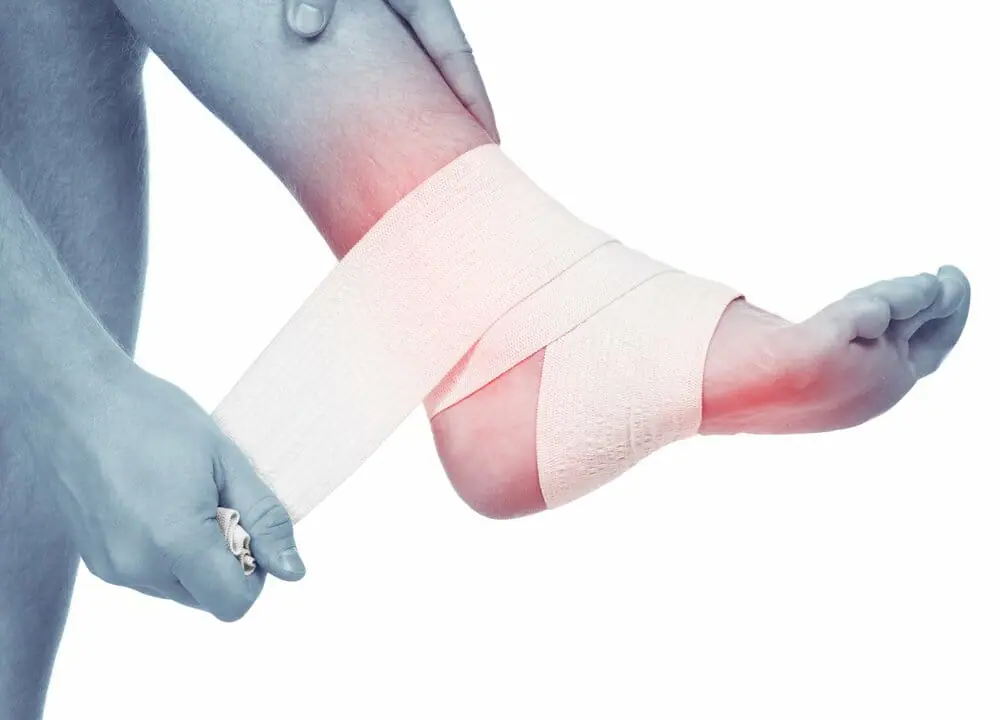This emergency occurs when a muscle, bone or joint moves in a direction that it is not
supposed to go. This movement can lead to broken bones, sprains, fractures and other
injuries.
Fracture / Broken Bone:
A fracture is a complete break, a chip or a crack in the bone. An open fracture involves an
open wound, and is when a bone end tears through the skin. An open fracture is more
dangerous and severe. However, a closed fracture is more common.

A dislocation is the movement of a bone at a joint from its normal position. When the bone is
moved out of place, the joint no longer functions. Usually dislocations happen at the
shoulder, elbow, wrist, jaw and hip.
A sprain is the tearing of the ligaments at a joint. Sprains mostly occur at the ankle, knee,
wrist and fingers. A strain is the stretching and tearing of a muscle. They usually occur in
the neck, back, thigh, or the back of the lower leg.
Use RICE method when dealing with a sprain or strain:

Rest: Do not move or straighten the injury.
Immobilize: Try to stabilize the person in the position he/she was found.
Splint or sling the injured part only and use caution if moving the person.
Cold: Indirectly cool the part using ice for up to 20 minutes.
Elevate: Only elevate the part if it does not cause more pain.